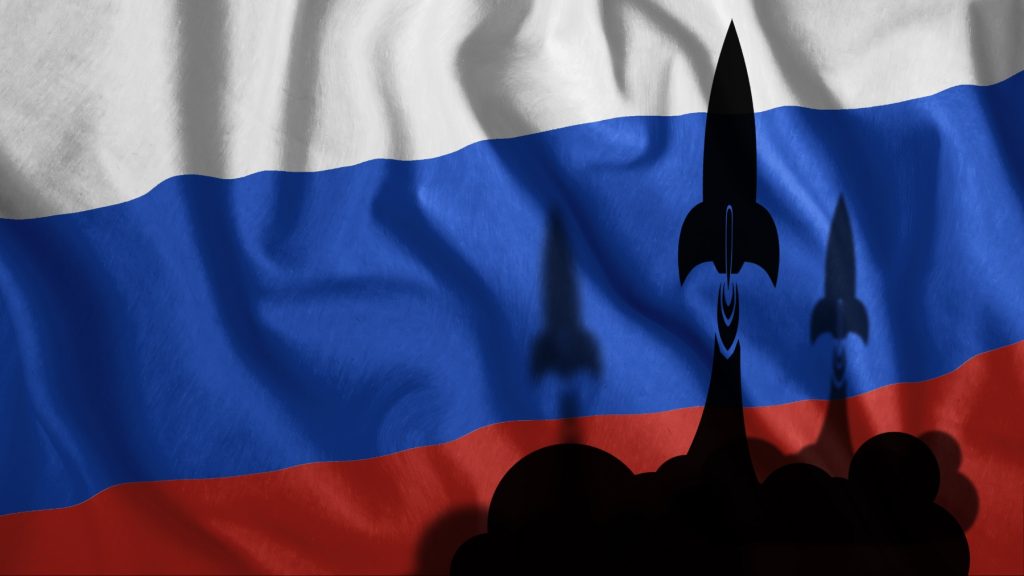
On Tuesday, a Russian rocket launch of Soyuz-2.1 happened successfully as it carried 55 satellites, including two Iranian satellites, from the Vostochny Cosmodrome.
Soyuz-2.1 departed from the Vostochny Cosmodrome launchpad in far eastern Russia and installed its payload into orbit 9 minutes later. The US has previously vocalized its unrest over such any Russia Iran satellite collaboration, as it challenges the US space industry.
The successful satellite launch marks a milestone in the Russia-Iran space cooperation and highlights the strength ties between the two countries on various levels.
The Russia Iran Satellite Launch
The Iranian satellites, launched by the Iranian private sector for the first time, are part of Iran’s broader efforts to enhance its space capabilities. The Kowsar satellite, manufactured by the Omidfaza company, and is expected to have a lifespan of three years, while the Hodhod satellite is designed for a four-year operational period.
Two of these satellites were Iranian (Kowsar), a high-resolution imaging satellite, and the Hodhod, a small communications satellite.
“The mission included the launch of two Russian lonosfera-M satellites, designed to monitor space weather around Earth, along with 53 smaller satellites from various countries,” claimed Russia’s Roscosmos space agency.
Coming to the Russia and Iran ties, both countries have been working on their partnership over years, especially with Russia launching Iranian Satellites, they succeeded at showing their great cooperation.
Russia launched the Iranian Earth observation satellite Khayyam, back in 2022, and this year, the country’s space agency also placed the Pars-1 research satellite into orbit.
This Russia Iran space satellite launch shows Iran’s efforts to promote its space technology. Iran has faced obstacles in its space industry, including a series of failed launches in recent years. However, the launch of satellites from Iran’s private sector, particularly by the Omidfaza company is an important step and a new phase in the country’s space ambitions.
What’s Behind This Partnership?
The Russian rocket launch is another strategic partnership that includes the provision of Iranian drones to Russia for use in Ukraine, a claim both countries denied, according to the Associated Press.
Moreover, Russian President Vladimir Putin and Iranian President Masoud Pezeshkian are expected to sign a “comprehensive strategic partnership” agreement to deepen their political, military, and economic cooperation.
Alongside the successes in cooperation with Russia, Iran’s space program has seen setbacks, including multiple failed launches. The Iranian military, through its Revolutionary Guard Corps (IRGC), operates a separate space program, which has had more success in recent launches, including from a base near Shahroud, east of Tehran.
However, Iran’s efforts led her to face geopolitical challenges that attracted the international eye, especially after claims that Israel may have bombed one of its space facilities during the attack on October 26.
Final Thoughts
The Russian space rocket launch, alongside the expanding partnership with Iran, form a threat for the west especially disrupt US dominance in satellite and space sector.
As the two countries align in defense and technology, the possibility of the US imposing harsher sanctions on this partnership to keep its technological edge may emerge once again.
Ultimately, experts believe the only outcome of this partnership will influence and eventually, alter and redefine the future of space exploration and satellite technology. The sustainability of this partnership will widely depend on how the US and powerful countries respond the newly forged evolving alliance between Russia and Iran.
Inside Telecom provides you with an extensive list of content covering all aspects of the tech industry. Keep an eye on our Tech sections to stay informed and up-to-date with our daily articles.